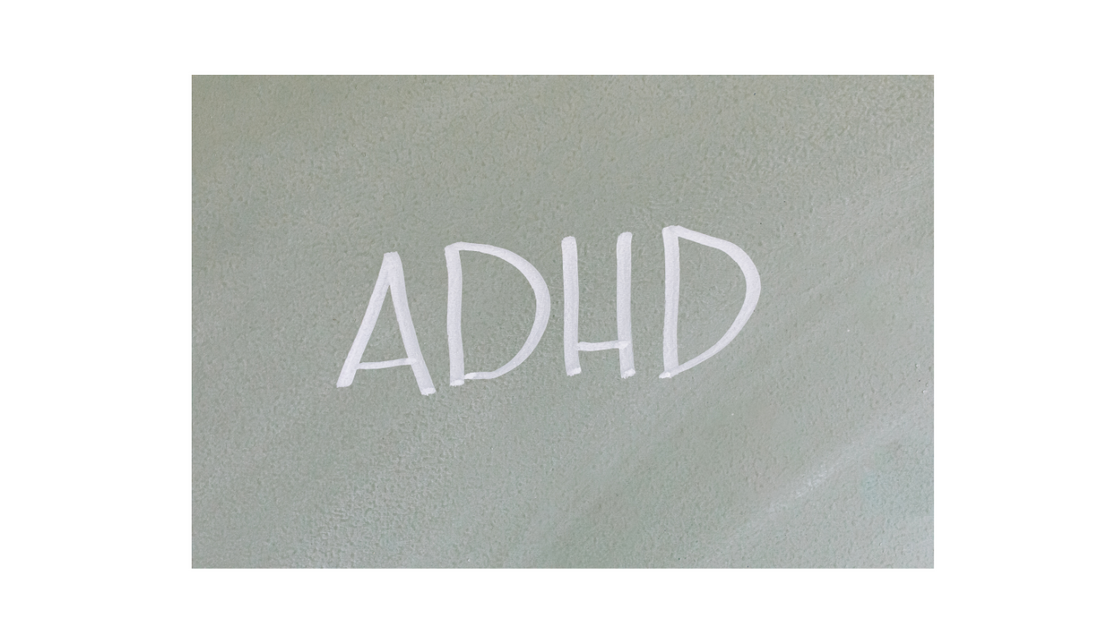
A Window into ADHD: Understanding Your Child's Unique World
Share
What is ADHD for Kids and How Can We Help Them Thrive in School and Beyond?

Imagine your child in class, their mind racing from one idea to the next while the teacher's words fade into the background. They notice every detail—the hum of the lights, the scratch of a pencil—while struggling to stay anchored to the lesson at hand. To outsiders, it might seem like daydreaming or disobedience, but you know there’s more to the story.
This is ADHD: a complex, often misunderstood condition that shapes how children process, focus, and interact with the world. If you’ve ever wondered why your child struggles to follow instructions, manage emotions, or thrive in structured environments, this guide is here to help. Let’s unpack ADHD and explore practical ways to support your child’s journey—both in school and in life.
What is ADHD?
Attention Deficit Hyperactivity Disorder (ADHD) is a neurodevelopmental condition that affects a child’s ability to focus, regulate impulses, and manage energy levels. While it’s common to associate ADHD with hyperactivity, it can manifest in various ways, including inattentiveness, impulsivity, or a combination of both.
Important to note: ADHD is not a result of poor parenting or laziness—it’s a brain-based condition that affects how children process and respond to information.
The Three Types of ADHD
-
Inattentive Type
Often labeled as “daydreamers,” children with this type may appear distracted, forgetful, or disorganized.
-
Hyperactive-Impulsive Type
These kids are constantly on the go, talking excessively, interrupting others, or acting without thinking.
-
Combined Type
A mix of inattentive and hyperactive-impulsive traits, this is the most common presentation.
Recognizing the type of ADHD your child exhibits is the first step in tailoring support to their unique needs.
ADHD in the Classroom
School can be especially challenging for kids with ADHD. The structured environment often clashes with their need for movement and flexibility. Tasks that require sustained attention, like listening to lectures or completing worksheets, can feel nearly impossible.
Common Challenges Kids with ADHD Face in School

- Difficulty staying focused on tasks, especially those they find uninteresting.
- Struggles with time management, leading to missed deadlines.
- Impulsive behavior, such as shouting out answers or interrupting classmates.
- Overwhelming frustration, particularly when tasks feel too difficult or boring.
Despite these challenges, children with ADHD often have incredible strengths, including creativity, resilience, and the ability to think outside the box. The key is to channel their energy in a way that supports their success.
Helping Kids with ADHD Succeed in School
1. Create a Structured Routine
Children with ADHD thrive on predictability. Work with teachers to establish consistent daily schedules, both at school and at home. Use visual aids like charts or timers to help your child understand and follow the routine.
2. Use Tools for Focus and Organization
Break tasks into smaller, manageable steps. Encourage your child to use planners or checklists to stay on top of assignments. Tools like visual timers can also help them manage their time effectively by providing a clear sense of how long they need to focus.
3. Incorporate Movement
Allowing kids to move while they work can significantly improve focus. Flexible seating options, such as wobble stools, give children an outlet for their energy without disrupting the classroom.
4. Focus on Positive Reinforcement
Celebrate small victories to build confidence. When your child completes a task or demonstrates self-control, acknowledge their effort. Positive reinforcement can motivate them to keep trying.
5. Communicate with Teachers
Teachers are your allies in helping your child succeed. Share insights about your child’s needs and collaborate on strategies to support them, such as preferential seating or breaks during class.
Beyond the Classroom: Life Skills for ADHD
1. Encourage Hobbies and Passions
Kids with ADHD often excel when they’re engaged in activities they love, whether it’s sports, art, or music. These hobbies can boost self-esteem and provide a sense of accomplishment.
2. Teach Emotional Regulation
Children with ADHD may struggle to manage their emotions. Help them identify and name their feelings, and practice coping strategies like deep breathing or mindfulness.
3. Foster Independence
Teach your child life skills like organizing their belongings, managing money, or preparing simple meals. These activities can build self-reliance and prepare them for adulthood.
Supporting Your Child’s Mental Health
Parenting a child with ADHD can be challenging, but it’s important to remember that their struggles don’t define them. Encourage open conversations about their feelings and experiences. Let them know it’s okay to ask for help. Therapy, coaching, or support groups can be invaluable for both children and parents.
The Bright Side of ADHD
ADHD isn’t just a challenge—it’s also a gift. Many kids with ADHD possess qualities like boundless creativity, high energy, and a unique perspective on the world. These traits can serve them well in the right environments.
By understanding their needs and working to build a supportive framework, we can help our children not only overcome their challenges but also unlock their potential.
Final Thoughts
ADHD doesn’t have to hold your child back. With the right tools, strategies, and mindset, your child can thrive in school, at home, and beyond. As parents, your love, patience, and advocacy are the most powerful forces in helping your child navigate their journey with ADHD.
So the next time your child’s energy seems boundless or their attention wanders, remember: it’s not a limitation—it’s an opportunity to guide them toward a bright and successful future.
